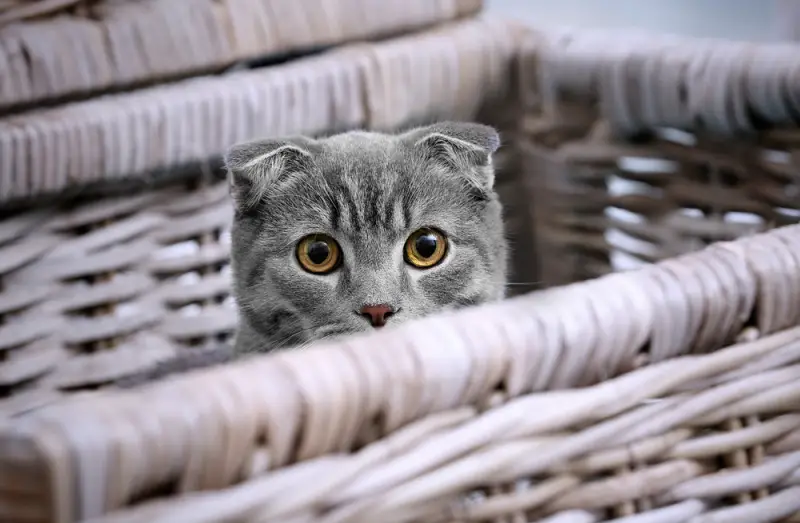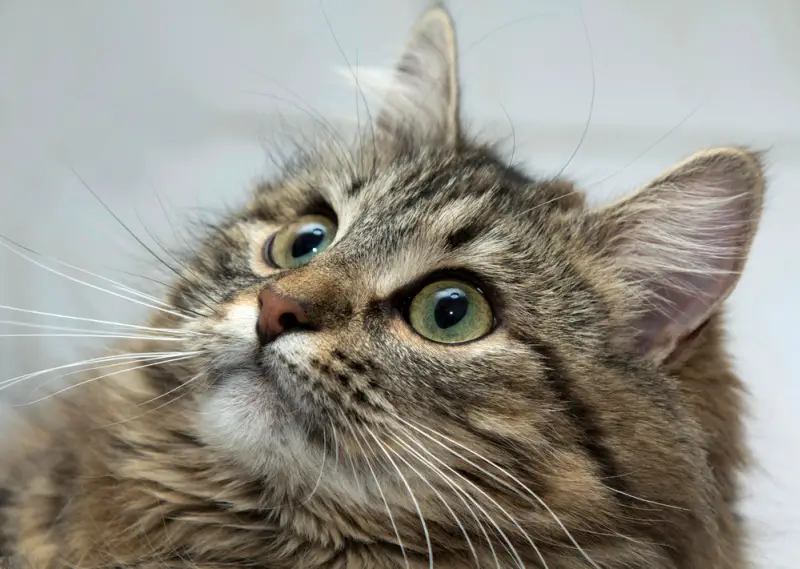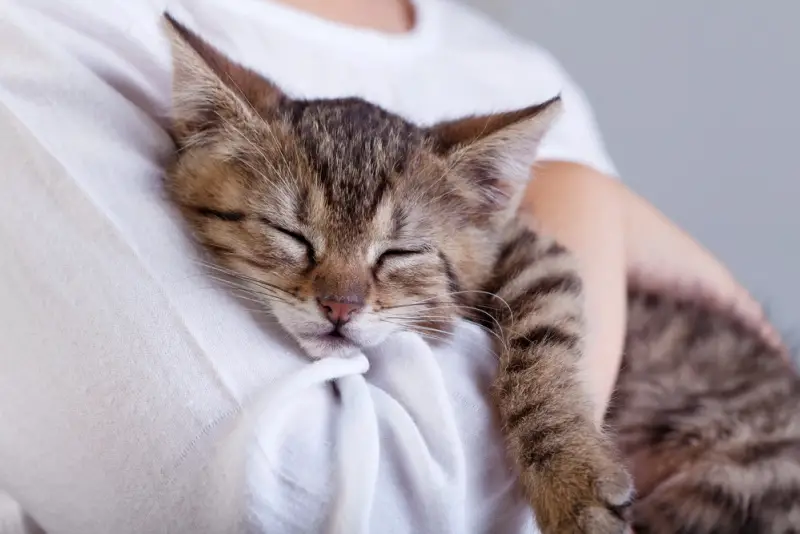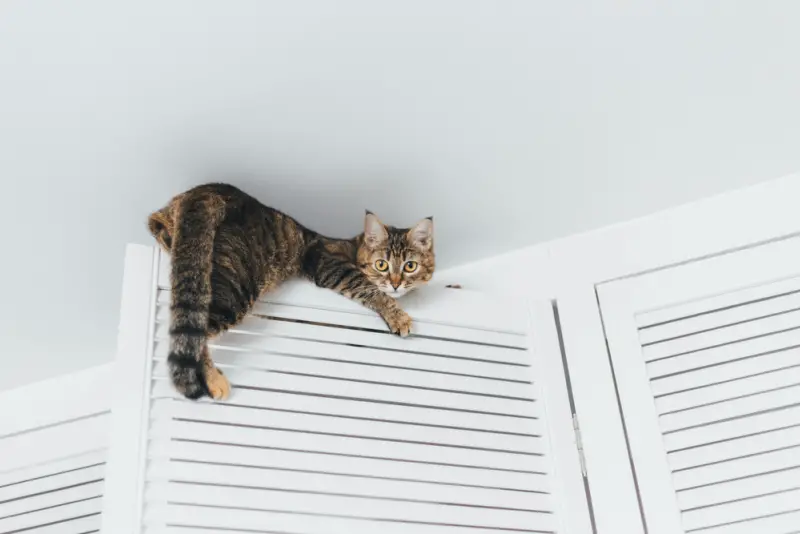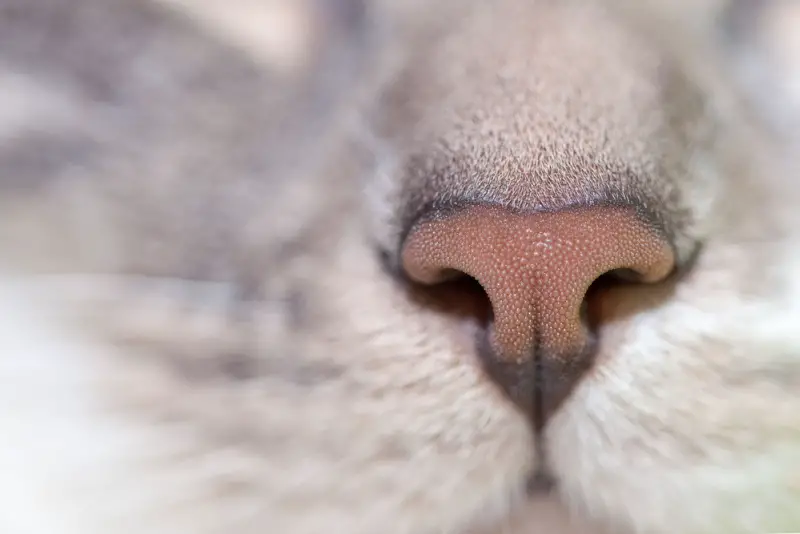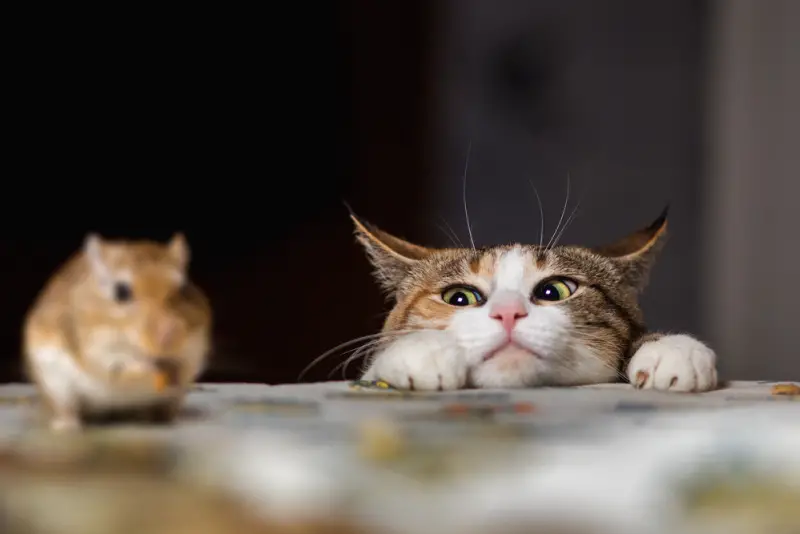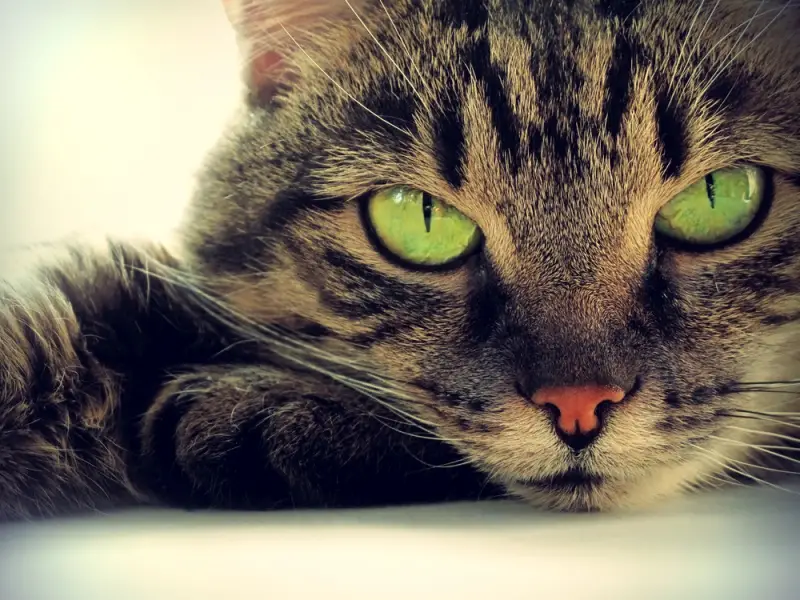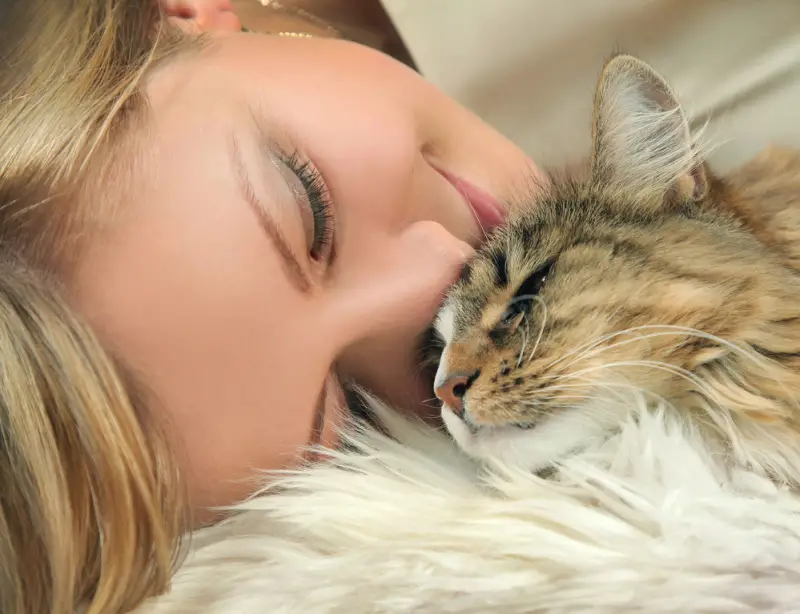Cats have captured the hearts and imaginations of humans for centuries. With their graceful movements, mysterious behaviors, and independent spirits, they embody a charm that is difficult to resist. While many of us may think we know everything there is to know about our feline friends, the world of cats is filled with surprises and secrets waiting to be uncovered.
In this article, we embark on a journey to explore 10 fascinating insights about cats that you may never have known before.
1. Whiskers: More Than Just Adorable Accessories
Whiskers aren’t just cute adornments on a cat’s face; they serve a vital purpose in a cat’s sensory toolkit. Known as vibrissae, these specialized hairs are incredibly sensitive tactile sensors. They help cats navigate their environment, detect changes in air currents, and determine whether they can fit through tight spaces. The length and positioning of a cat’s whiskers are finely tuned to provide them with essential information about their surroundings.
2. The Secret Language of Purring
While purring is often associated with contentment, it can also serve as a form of self-soothing or communication for cats. Beyond expressing happiness, cats may purr when they are in pain, stressed, or even hungry. Understanding the context in which a cat purrs can provide valuable insight into their emotional state and needs. Check out our post on: The Science Behind Cat Purring: Why and How Cats Purr.
3. A Balancing Act: The Remarkable Agility of Cats
Ever marveled at a cat’s ability to walk along narrow ledges or perch on the edge of a high surface without losing its balance? Cats possess an extraordinary sense of balance, thanks to their highly developed inner ear and flexible bodies. Their ability to maintain stability in precarious situations is a testament to their agility and adaptability.
4. Unique Nose Prints: Nature’s ID Card
Just like human fingerprints, each cat has a unique nose print that can be used for identification purposes. This distinctive pattern, formed by the ridges and contours of a cat’s nose, is as individual as a fingerprint. Nose prints are increasingly being recognized as a reliable method for identifying lost or stolen cats.
5. The Myth of the Lazy Cat
It’s a common misconception that cats are inherently lazy creatures. In reality, cats are crepuscular animals, meaning they are most active during dawn and dusk. While they may spend a significant portion of their day sleeping, this behavior is perfectly natural. Cats conserve their energy during periods of inactivity so they can be ready to hunt and play when they are most active.
6. The Mystery of the Free-Floating Collarbone
Unlike humans and most other mammals, cats have a collarbone that is free-floating and not attached to other bones. This unique anatomical feature, known as the clavicle, allows cats to squeeze through tight spaces with ease. Their ability to contort their bodies and navigate narrow passages is a testament to the remarkable flexibility of cats.
7. The Language of Meows and Trills
Cats are incredibly vocal creatures with a diverse repertoire of sounds. From soft meows and gentle purrs to loud yowls and chirps, each vocalization serves a specific purpose. Cats may use vocalizations to communicate with their owners, express affection, indicate hunger, or signal distress. Understanding the nuances of cat vocalizations can help strengthen the bond between cats and their human companions. See our in-depth article on: Decoding Cat Trilling to understand why, when and how your cat trills.
8. The Hunter Within
Even indoor cats retain their natural hunting instincts. Cats are skilled predators with keen senses of sight, hearing, and smell. They may exhibit hunting behaviors such as stalking, pouncing, and batting at toys as a way to satisfy their innate instincts. Providing enrichment activities and interactive toys can help fulfill a cat’s natural desire to hunt and explore.
9. Eyes of the Night
Cats are renowned for their exceptional night vision, which far surpasses that of humans. Their eyes contain a high concentration of rod cells, specialized for low-light conditions, allowing them to see in dim light with ease. This nocturnal adaptation enables cats to hunt and navigate effectively in the dark, making them formidable predators. Be sure to check out our post comparing a cat’s senses to that of a human: Sensory Showdown: Cats vs. Humans.
10. The Depths of Feline Affection
Contrary to popular belief, cats are not aloof creatures. They are capable of forming deep emotional bonds with their owners and other animals in the household. Cats may show affection through head butting, kneading, grooming, or simply by seeking out their owner’s company. Building a strong bond with a cat requires patience, understanding, and mutual respect.
Summary
The world of cats is filled with wonder, mystery, and fascination. From their extraordinary senses to their complex behaviors, cats continue to surprise and delight us with their unique traits. By delving deeper into the inner workings of our feline companions, we can gain a greater appreciation for the remarkable creatures they are.
Credits: Above photos used with permission of depositphotos.com
